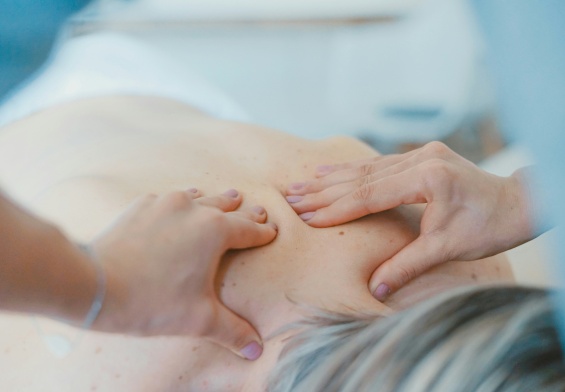Vasectomy, recognized for its efficacy as a permanent form of male contraception, involves a straightforward surgical procedure with a typically swift recovery period. However, individuals contemplating this procedure often express concerns about the recovery process and potential lifestyle limitations post-surgery. These concerns are particularly pronounced for individuals receiving in-home care, including those in elder care, senior care, or managing chronic health conditions, where the ability to navigate post-operative care seamlessly within the home environment is essential. Addressing these concerns requires a comprehensive understanding of the vasectomy procedure, its immediate and long-term recovery phases, and the effective management of care to ensure a smooth transition back to daily activities. For in-home care recipients, the emphasis on personalized care planning and support from caregivers becomes crucial, ensuring that the recovery process not only adheres to medical guidelines but also aligns with the individual’s lifestyle and care needs.
The period following a vasectomy presents a unique set of considerations for in-home care recipients, who may require additional support and guidance to navigate the recovery process effectively. Questions surrounding the duration of rest required, the resumption of physical activities, and the impact on sexual health are common, underscoring the need for clear communication and tailored care strategies. For caregivers and healthcare providers working within in-home care settings, understanding these post-operative dynamics is key to offering the support and reassurance needed during this time. By fostering an environment that prioritizes comfort, safety, and informed decision-making, in-home care providers can play a pivotal role in facilitating a positive recovery experience, ensuring that individuals feel supported throughout their vasectomy recovery journey.
Immediate Post-Vasectomy Recovery
The immediate recovery period after a vasectomy is typically short, with many individuals able to resume light activities within a few days. However, it’s recommended to avoid strenuous physical activity, including heavy lifting and vigorous exercise, for at least a week to prevent complications such as bleeding or swelling. For in-home care recipients, caregivers play a vital role during this period, assisting with daily activities that may be temporarily challenging and ensuring that the recovery environment is conducive to healing. Adjustments may include arranging the living space to minimize the need for movement and providing support with personal care tasks to avoid strain on the surgical site.
Long-Term Lifestyle Considerations
Long-term lifestyle limitations after a vasectomy are generally minimal. Most individuals can return to their normal activities, including sexual activity, within a week, though it’s important to use alternative forms of contraception until a semen analysis confirms the absence of sperm. For those under in-home care, ongoing communication with healthcare providers is essential to monitor recovery and address any concerns that may arise. Additionally, in-home care providers can support the individual’s well-being through health education, emotional support, and coordination of follow-up care as needed.
The Role of In-Home Care in Post-Vasectomy Recovery
In-home care providers are uniquely positioned to offer personalized support throughout the vasectomy recovery process. By closely monitoring the individual’s condition, providing timely medical interventions if necessary, and offering reassurance, caregivers can significantly enhance the recovery experience. Furthermore, in-home care services can adapt to the evolving needs of the individual, ensuring that both immediate and long-term post-vasectomy care is aligned with their overall health goals and lifestyle preferences. This comprehensive approach not only facilitates a smooth recovery but also empowers individuals to resume their normal lives with minimal disruption.
Conclusion: Ensuring a Smooth Transition Post-Vasectomy in In-Home Care Settings
The journey to recovery following a vasectomy, while generally straightforward, requires careful consideration and planning, especially for those within in-home care environments. The role of caregivers and healthcare professionals in these settings is instrumental in ensuring that the recovery process is not only successful but also minimally disruptive to the individual’s daily life. By providing comprehensive support—from assisting with mobility and personal care in the immediate post-operative period to facilitating follow-up medical consultations—caregivers ensure that in-home care recipients can navigate the recovery process with confidence. This level of personalized care and attention plays a crucial role in addressing any concerns or complications that may arise, offering peace of mind to individuals as they return to their routine activities and lifestyle.
Looking ahead, the integration of post-vasectomy care into in-home care services highlights the evolving nature of personalized healthcare. As medical procedures like vasectomy become increasingly common, the demand for flexible, patient-centered care models that can accommodate such procedures within the comfort of one’s home will likely grow. This shift towards more accessible and adaptable healthcare solutions not only enhances the quality of care provided but also underscores the commitment to supporting individuals’ health and well-being on their terms. Through continued collaboration, education, and support, in-home care providers can ensure that individuals undergoing vasectomy and other similar procedures experience a smooth, comfortable recovery, reinforcing the importance of holistic, compassionate care in achieving optimal health outcomes.



